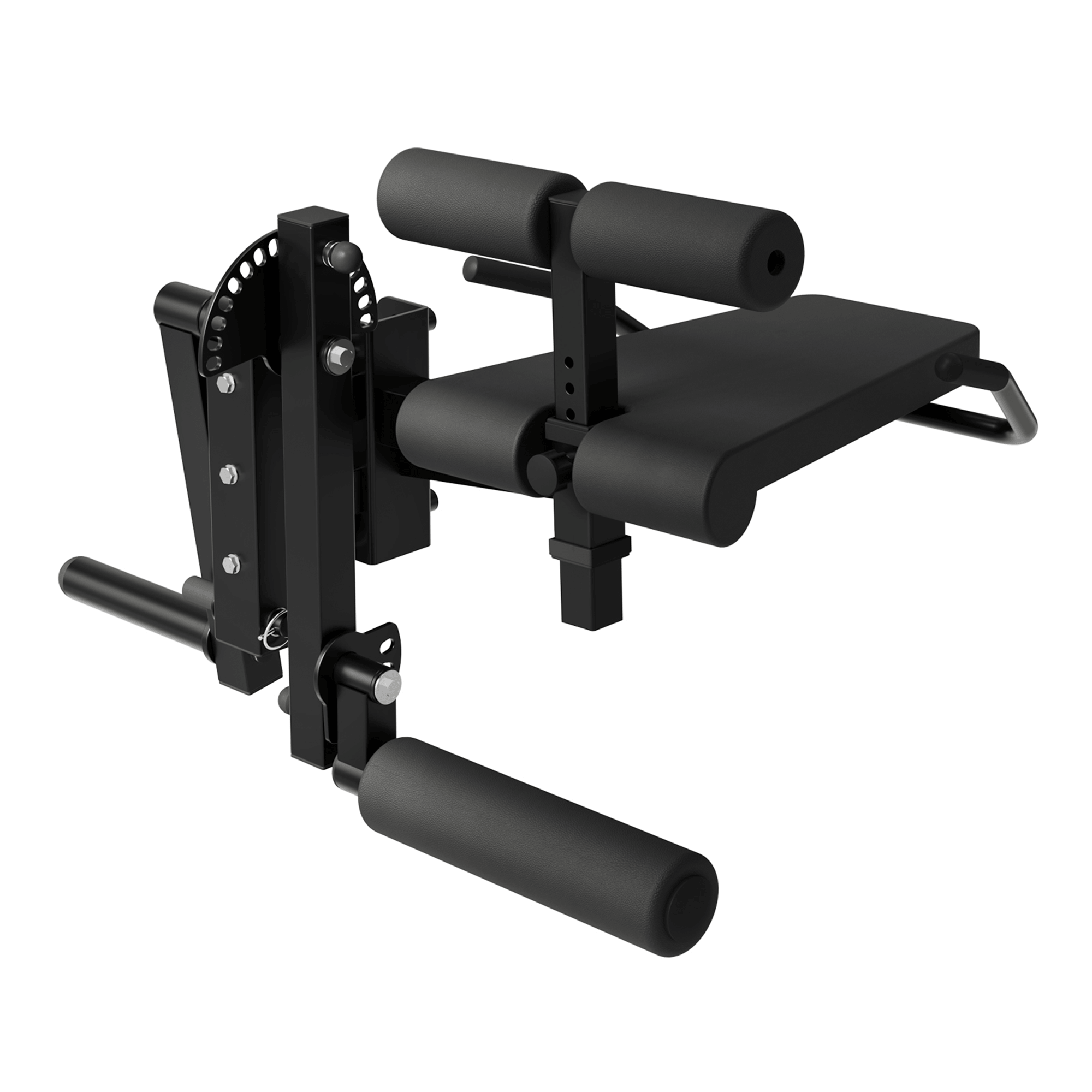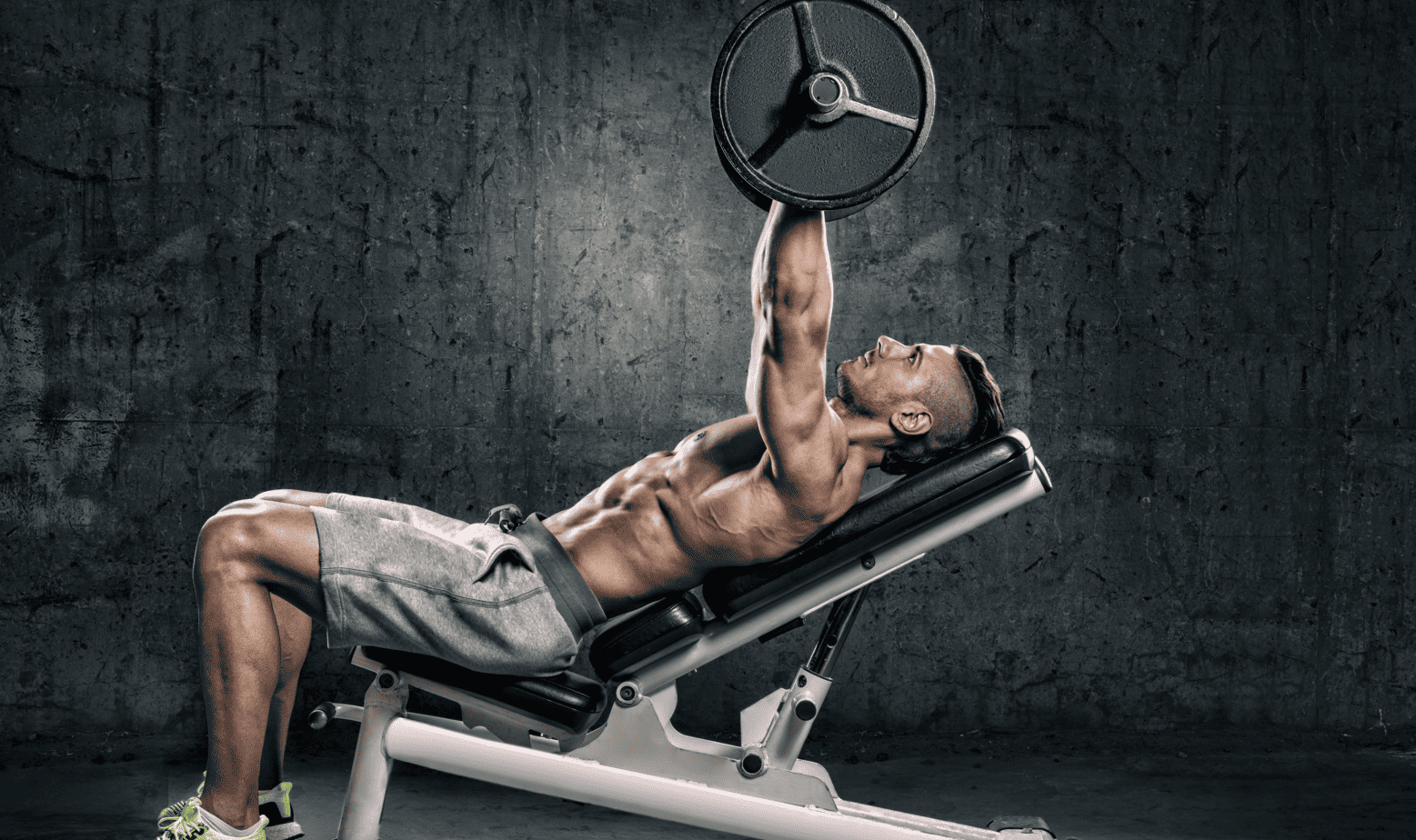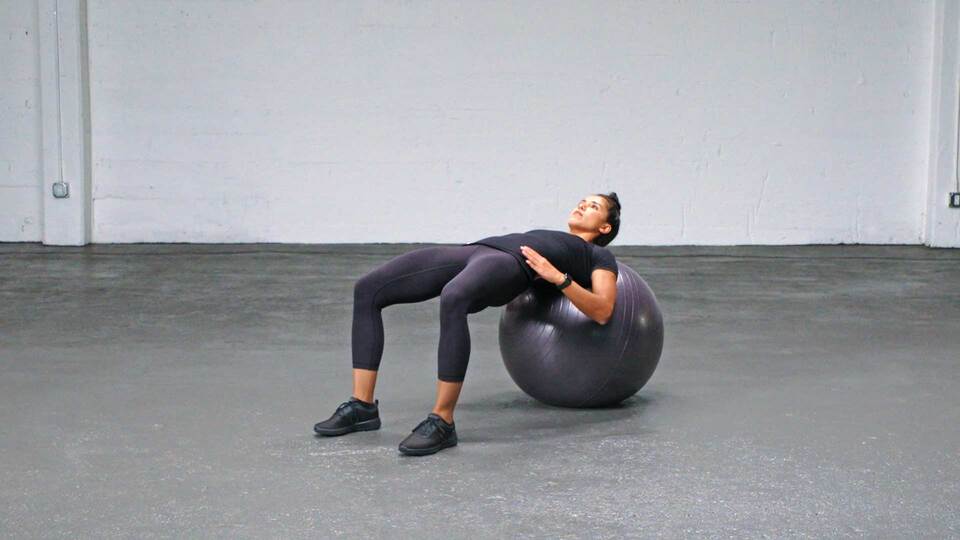The sit-up bench remains a staple in both home and commercial gyms for one simple reason—it delivers targeted, effective core training with an added edge. Whether you're a beginner or a seasoned lifter, the right bench and technique can make your abdominal workouts far more efficient.
What Is a Sit-Up Bench?
A sit-up bench is a slanted or flat workout bench designed to support your back and hips while you perform sit-ups, crunches, and ab-focused movements. Often adjustable, it allows you to change the incline angle, which affects resistance and intensity. From elevated sit-ups to incline crunches, this bench adapts to your level and goals.
Why Use a Sit-Up Bench Instead of the Floor?
Doing sit ups on a weight bench allows for greater range of motion and less strain on your lower back. The bench supports the spine and reduces the risk of arching, a common issue when doing sit-ups flat on the ground. Incline sit-ups especially target the upper and lower abdominal muscles more intensely due to gravity working against the body.
How to Use a Sit-Up Bench Properly
If you're wondering how to use a sit-up bench, here's a simple walkthrough:
-
Adjust the Incline – Beginners can start with a lower angle; increasing the incline raises the difficulty.
-
Secure Your Feet – Slide your legs under the padded rollers. Your knees should be bent.
-
Lie Back Slowly – Keep your hands across your chest or behind your head (but don’t pull on your neck).
-
Engage the Core – Lift your torso until you're just short of a seated position, then lower under control.
Popular Sit-Up Bench Exercises
Beyond basic bench sit-ups, a good sit-up bench workout includes a variety of core-strengthening movements:
-
Incline Crunches – A focused, small range-of-motion movement perfect for isolating the upper abs.
-
Weighted Sit-Ups on a Bench – Add a plate or dumbbell for increased resistance.
-
Incline Curl-Ups – Controlled, precise movements that engage both the rectus abdominis and hip flexors.
-
Oblique Twists on Incline Bench – Rotate at the top to target the obliques.
Sit-Up Bench vs. Incline Bench: Are They Interchangeable?
While some weight benches can double as sit-up benches, a dedicated incline sit-up bench typically includes foot rollers for anchoring your body during exercises. If you're doing sit-ups on a workout bench not designed for abs, make sure it's stable and you're properly secured.
Choosing the Best Sit-Up Bench
When selecting the best sit-up bench for home or gym use, consider:
-
Adjustability: Multiple incline levels allow for progressive overload.
-
Stability: A solid frame prevents wobbling during reps.
-
Padding: Comfortable yet firm support for long sessions.
-
Foot Anchors: Essential for safe and secure workouts.
Top-rated options include compact designs for small spaces, as well as full ab benches with added features like resistance band hooks or dumbbell storage.
Can You Do Sit-Ups on a Regular Weight Bench?
Yes, but with caution. Performing sit-ups on a flat bench is doable if you anchor your feet and maintain control. However, an incline ab crunch is most effective on benches made for core work, which provide both angle and safety support.
Final Thoughts
The sit-up bench is more than a piece of equipment—it's a platform for building core strength, posture, and functional movement. From crunches on incline bench to advanced decline sit-ups, this tool remains one of the most direct paths to a stronger, more defined midsection.
Want to take your workouts further? Combine incline bench sit-ups with other core accessories or finish your session with planks and leg raises for a complete ab-blasting routine.















































Leave a comment
This site is protected by hCaptcha and the hCaptcha Privacy Policy and Terms of Service apply.